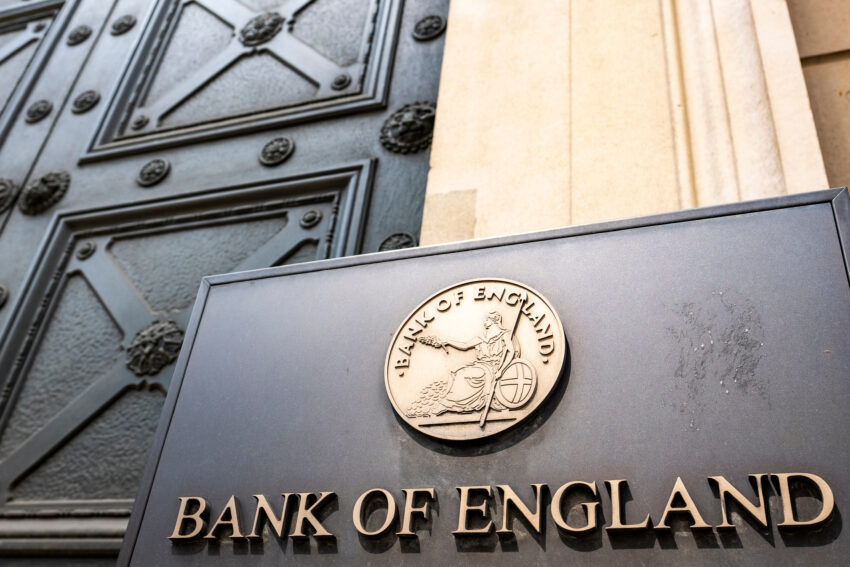The appetite for UK bonds has staged a tentative recovery in the weeks since Kwasi Kwarteng’s mini-budget caused investors to dump gilts at the fastest rate in decades.
Investors are betting that the risk of British companies defaulting on their debt is already priced into elevated bond yields and have pared back their expectations for future interest rate rises.
The price of 10-year government bonds, regarded as a proxy for the cost of government borrowing and confidence in the UK economy, collapsed and pushed yields to the highest level in more than a decade in September after Kwarteng, who was then the chancellor, spooked investors by unveiling £45 billion of unfunded tax cuts. Yields move inversely to bond prices.
Yet flows into UK fixed income funds turned positive in October as retail investors were lured by higher yields on sterling debt and the prospect of a more stable fiscal policy. Net inflows into UK fixed income funds totalled £308 million last month, according to data from Morningstar, recovering some of the losses sustained in September when investors pulled £640 million from UK bond funds.
The return paid on debt issued by companies in sterling has been boosted by the higher yield on UK gilts as well as wider spreads — the gap between the return you get for holding a potentially riskier corporate bond rather than a government bond — to reflect a darker economic outlook. Yields on government bonds have eased in recent weeks after the arrival of the new prime minister and chancellor spurred expectations that government policy would be more aligned to efforts by the Bank of England to tame inflation.
“Even LDI [liability-driven investment] funds that have been forced to sell UK fixed income are now looking to put money back into fixed income,” said Ben Edwards, the lead manager of the corporate bond fund at Blackrock, the world’s largest asset manager.
The September rout in UK debt caused a meltdown for pension funds, which are big holders of UK gilts, as they faced big demands for extra cash from liability-driven investment funds to cover the losses they were suffering.
“People are taking notice — they can see the yields on offer,” said Kris Atkinson, a fund manager at Fidelity International, which has turned overweight in UK debt within its global corporate bond funds on the premise that recession has already been priced into investment grade debt.
Recession has prompted investors to scale back expectations for interest rate rises, with markets now pricing in a peak of just over 4.6 per cent next August, compared with an expected rate last month of 5.25 per cent.
Atkinson said: “We think we’re past the worst of the rate volatility. That’s not to say that it’s over yet — the market is still pricing in further hikes — but it’s a slowing of the pace of those hikes.”
However, companies are still hesitant about attempting to raise funds in sterling. Issuance amounted to $9.3 billion in November, according to data from Refinitiv, below historical norms. That was largely attributed to banks, including Morgan Stanley and Barclays, which inherently raise debt more regularly to fund their lending.
The heavily flagged sale of corporate bonds by the Bank of England, which was delayed after the market meltdown in September, has also weighed on issuance, Michael Matthews, who helps run the fixed interest team at Invesco, said. “There’s so much supply to come from that, that issuers were going to have to pay a premium to come to the UK market,” he said.
Corporate debt being issued has been outweighed by companies redeeming their bonds, with the likes of Tesco and GSK buying back debt this month. “If you believe that we are approaching the peak in rates … then for the companies that are tendering, this is probably as cheap a cash price as they are going to get on these bonds,” Atkinson said.


